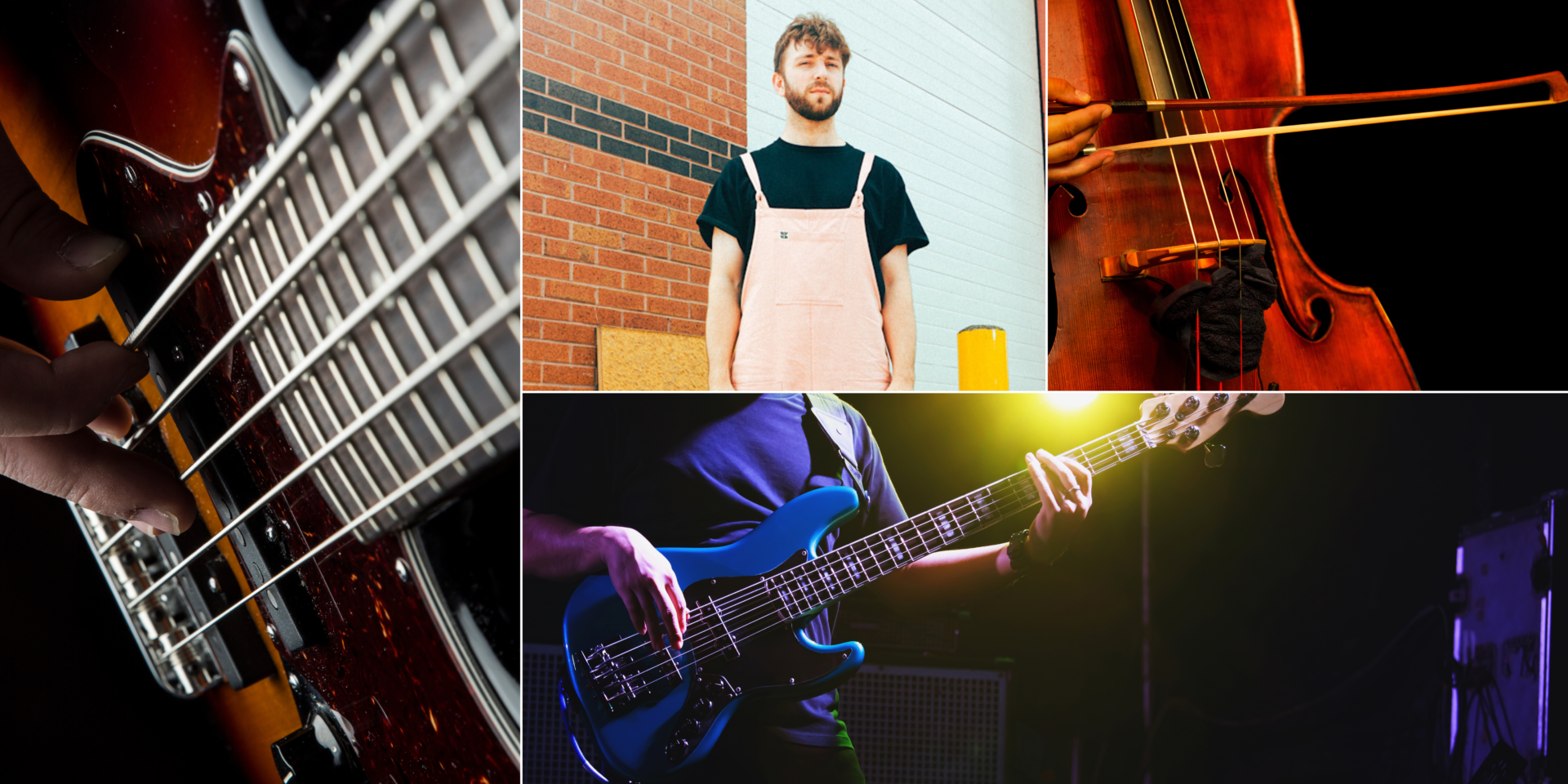Solo Bass Guitar Music

by Alice Waters (Nov 2022)
As a relatively young instrument, the history of the bass guitar is compelling. Logically, its most recent predecessor and what it was created to replace is the double bass – whose lineage is complex in itself. The string family began in Europe in the 15th century, but historians have not agreed whether the double bass originates from the Viol family or the violin family. It was in the 20th century when the double bass was established as a four stringed instrument - a characteristic taken on by most regular electric bass guitars. There were other more guitar-like, rather than orchestral string instrument-like, forerunners to the double bass including the Imzad and the Guembri, played by Tuareg people in the Sahara and Khalam people in Senegal and the Gnawa people respectively, and the Spanish guitarron (‘fingernail bass’) used in the early 1600s. However, the true precursor to the electric bass guitar is the double bass.
Prototypes and models of the bass guitar were established in the late 1930s and early 1940s as the volume of the double bass in jazz settings was being overtaken by the introduction of the electric guitar, until Leo Fender designed the first electric bass guitar proper in 1951.
As an instrument only created and developed into what we know it as now from the 1950s onwards, it is expected that the bass guitar canon would not be as substantial as that of other instruments. Use of the bass now is more often than not used as part of a band; in a pop, rock or jazz setting, replicating the role of the double bass and walking bass lines in the latter. In pop and rock contexts, the electric bass often has a percussive effect, imitating the bass and snare parts of a drum line, doubles or imitates the guitar line (often playing the guitar line an octave below), or sometimes having solo opportunities to set the groove for a piece.
There is little use of bass guitar outside of jazz and popular music – it may have replaced the double bass in these contexts but never really broke into classical compositions. Some artists have used bass to replicate contrabass or baritone guitar in classical guitar pieces due to the lack of historical art music repertoire due to the bass’ youth. Such uses tend to stick to baroque, renaissance, and classical works as the bass’ range suits them more than Romantic works or repertoire that required particular dynamic or phrase ranges in a thematic sense.
Due to this, a concert of solo bass guitar music may not be an obvious choice for a concert series, however artists like Leeds alumni Dave Edwards are changing this. Dave was part of our Autumn Season line up in October and brought a six-string bass and a vision to bring the overlooked bass sound world with him. He played a mix of works, some written by other bass players and some written by himself, fusing electronic, classical, and jazz techniques.
To re-live Dave’s concert or watch it for the first time, the livestream recording can be found here: https://www.youtube.com/watch?v=LqACqAM6NfI&ab_channel=UOLConcerts
